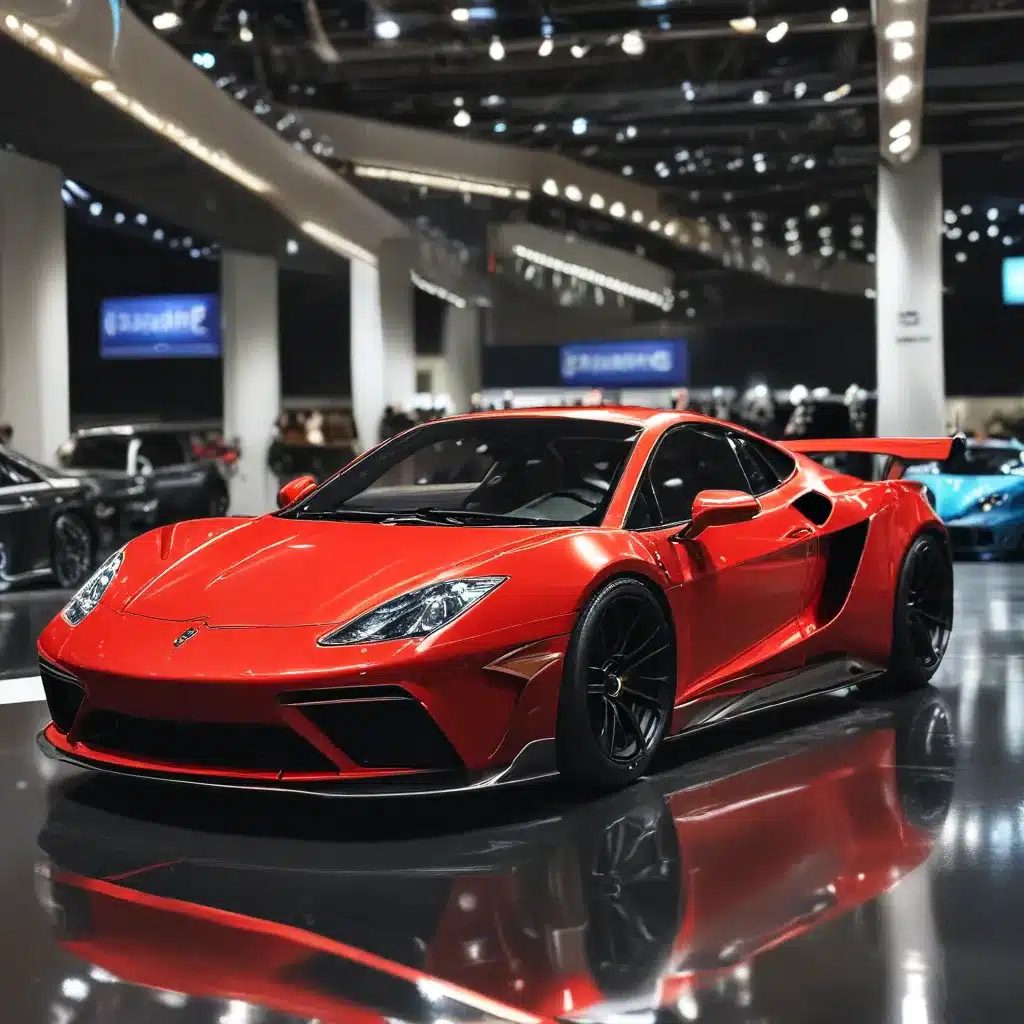
Carspotting in the Streets of Seoul
A few years ago, I had the privilege of being a contributor for a NYC-based site called Man on the Move, where I indulged in my passion for unique vehicle spotting – the automotive equivalent of style-watching street fashion. Now, as I found myself immersed in the vibrant streets of Seoul, South Korea, I couldn’t resist reviving this quest to document the vehicles that captivated my eye.
Seoul’s automotive landscape is a fascinating mosaic, dominated by the familiar names of Hyundai, Kia, and Genesis. But amidst the sea of familiar models, there are also pockets of intriguing discoveries. As I scoured the streets, I couldn’t help but notice the unique design elements that set these Korean cars apart.
One particular highlight was the prismatic finish wheels adorning some Kia Sorrentos. These shimmering alloys shifted in color depending on the angle of the light, adding a touch of futuristic flair to the vehicles. Unfortunately, I couldn’t find them listed as a factory option on the Korean Kia website, but their eye-catching presence on the roads was undeniable.
Another curious sight was the ubiquitous blue foam blocks and shapes affixed to the doors of cars, SUVs, and even trucks. While not exactly the epitome of automotive aesthetics, these quirky additions were likely a practical solution to the tight city parking conditions that Seoul is known for.
The Automotive Architecture of Kia360
As I delved deeper into Seoul’s automotive landscape, I stumbled upon a remarkable architectural gem – the Kia360 brand experience space. Formerly known as BEAT360, this immersive hub located on the prestigious Apgujeong-ro street in Gangnam had undergone a transformation, and I couldn’t wait to explore it.
The facade and interior of Kia360 were designed with a captivating parametric pattern, created by a seamless arrangement of tiles. As I stepped inside, I was greeted by a cafe and a series of interactive experiences, all encapsulated within a circular roadway that started from the interior and wrapped around an exterior courtyard. The clever integration of the existing building’s structure and the sweeping, curved design elements created a harmonious and visually striking environment.
While the overall vibe leaned more towards a dealership experience, the Kia360 space was undoubtedly a testament to the brand’s commitment to design excellence and innovative customer engagement. It was a refreshing departure from the typical automotive showroom, and I couldn’t help but be impressed by the level of thought and creativity that had gone into its creation.
Unique Gems and Supercars
As I continued my automotive exploration, I came across a few gems that truly captured my imagination. The Hyundai Casper and Kia Ray, two models not available in the US, stood out with their small, practical, and personality-packed designs. I couldn’t help but wonder why these delightful options weren’t more widely accessible, especially in a market like the US where the choices for such compact and characterful vehicles have dwindled over the years.
On the other end of the spectrum, the Hyundai Grandeur sedan and Staria van exuded a striking minimalist aesthetic, which provided a captivating contrast to the visually chaotic backdrop of Seoul’s streets. The Staria Kinder, a factory school bus version sold by Hyundai, was a particularly intriguing sight, showcasing the brand’s commitment to diversifying its product lineup.
But the true stars of my Seoul carspotting adventure were the supercars that occasionally graced the city’s roads. While I managed to spot a few Ferraris, I unfortunately missed capturing a McLaren and a lone Lamborghini Urus. The only vintage cars I came across were a MINI with a touch of Castrol racing livery and a pair of late 1960s Crown taxis by Shinjin Motor Company, on display at an Incheon museum.
The Future of Automotive Innovation in South Korea
South Korea’s automotive landscape, while relatively young compared to some global powerhouses, is ripe with untapped potential. The transition to electrification and Hyundai’s foray into performance models suggest that the region is poised for a new era of vehicle personalization and collecting.
As I delved deeper into the topic, I discovered the concept of the “software-defined vehicle” (SDV), which is transforming the way we think about cars. Automotive Ethernet technology is at the heart of this revolution, enabling carmakers to update the software of any vehicle component over the air, just like a smartphone. This opens up a world of possibilities for enhanced user experiences, continuous improvements, and new revenue streams for automakers.
Imagine a future where your hotel stay in Seoul could be complemented by the opportunity to experience the latest advancements in automotive technology. Perhaps you could take a test drive in a cutting-edge SDV, witnessing firsthand how software and connectivity are transforming the very essence of the automobile. The possibilities are truly exciting, and I can’t wait to see what the future holds for the automotive landscape in this vibrant city.
So, the next time you find yourself in Seoul, be sure to keep your eyes peeled for the latest automotive marvels. From the distinctive design flourishes to the cutting-edge technological innovations, there’s always something new and captivating to discover on the streets of this dynamic city.

